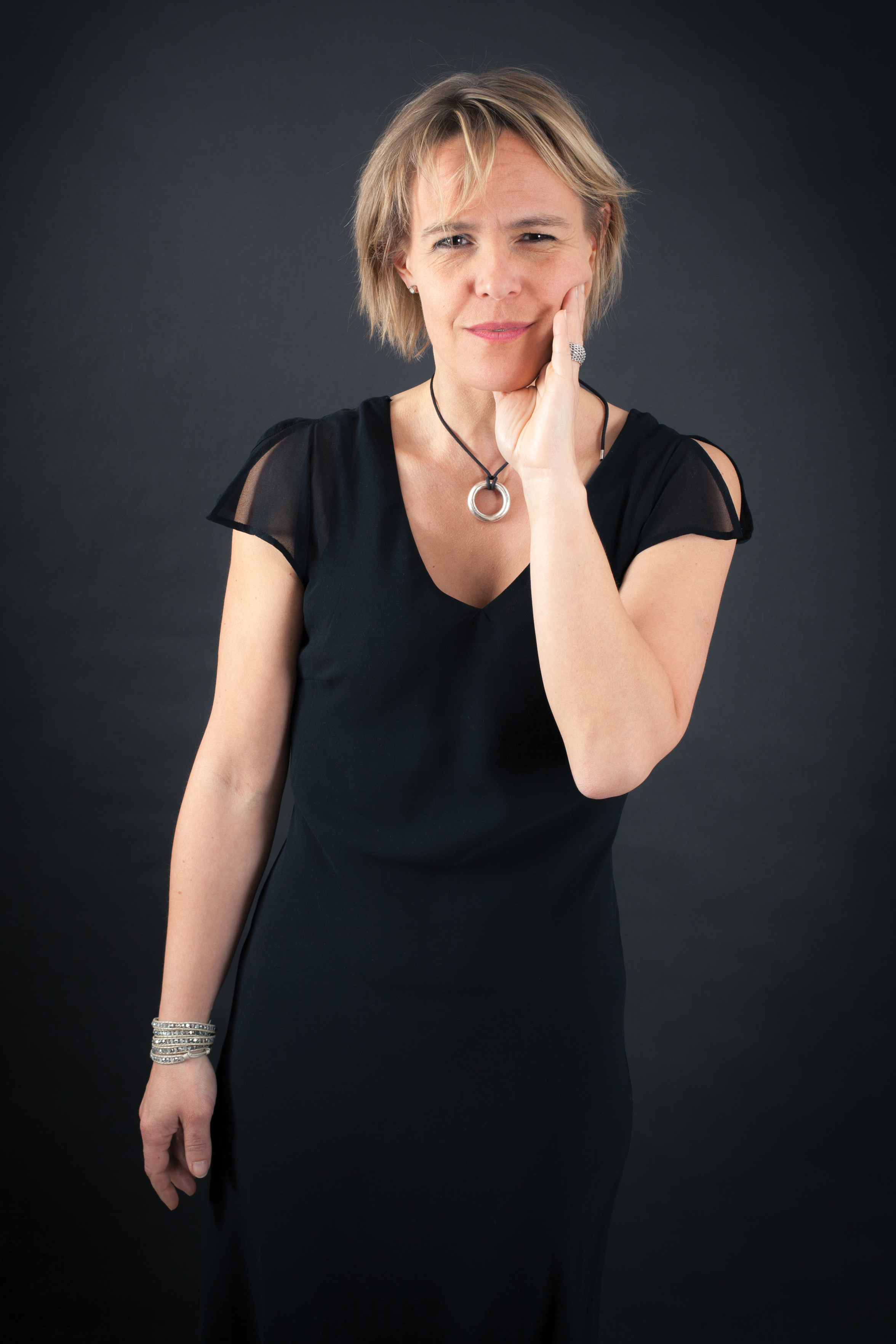Our bone is made of complex, constantly changing, living tissue. They are able to grow and heal, and are also susceptible to changes in diet, body chemistry, infection, and stimulation levels. If we compare our skeletal system to a house’s wooden frame work, then bone loss is similar to termite invasion. The process is slow and painless until it is too late. So, let’s examine the main contributing factors.
Body chemistry
Estrogen plays an important part in maintaining bone strength. Starting at about age 30, up until the onset of menopause, women lose a small amount of bone every year as a natural part of the aging process. When women reach menopause, the estrogen levels decrease significantly and the rate of bone loss increases. That is the main reason why women are four times more likely to develop osteoporosis than men.
DIET
Successful treatment of bone loss usually involves a proper diet. As it turns out, daily consumption of milk and other dairy products (even low or non-fat) does not prevent bone loss. Countries where people consume large amounts of dairy products—places such as the United States, Australia, and northern Europe are also among nations that suffer the highest rate of fractures due to osteoporosis.
While the calcium in the milk adds to our body’s calcium level slightly, the acidity of the milk forces our body to withdraw a larger amount of calcium from our bones to maintain pH balance. Almond milk and Coconut milk are great source of Calcium, Protein, and a variety of vitamins and minerals. They are readily available and are reasonably priced.
Soy milk can be beneficial if it is fermented. Unfortunately most soy milks sold in the supermarkets (including Silk brand) are not fermented. The high content of “enzyme inhibitors” in unfermented soybeans interferes with digestive enzymes in saliva and makes carbohydrates and proteins from soybeans indigestible. When soy milk is not completely digested, bacteria in the large intestine try to finish the job, and this can cause discomfort, bloating, and embarrassment.
AGE
Throughout life, our body keeps a balance between the loss of bone and the creation of new bone. Early in life, more bone is laid down than is removed by the body. People typically achieve peak bone mass by around age 30.
Then, sometime between age 30 and 35, your body begins to lose bone faster than it can be replaced, unless we step up the stimulation process. The bones in the extremities and spine can benefit from activities such as walking or resistant training. Many experts believe that at least 20 minutes a day of exercise is needed to reduce the rate of bone loss adequately.
BONE LOSS OF THE JAW
There is another form of bone loss that has been getting little attention. That is bone loss in the jaw bone following loss of tooth. Teeth contact each other thousands of times a day. These small stresses prompting the bone to remodel and rebuild continually. The lack of stimulation that follows after tooth loss will lead to loss of jaw bone volume. There is a 35 percent decrease in width of bone during the first year after tooth loss and an additional one millimeters decrease on each following year.
As bone loses continue, gum tissue also gradually decreases. Ability to chew and to speak can be impaired. Tooth loss also leads to loss of function. This leads to some serious cosmetic and functional problems, particularly in completely edentulous (toothless) people.
Over the years the distance from nose to chin decreases and with it, the lower third of the face partially collapses. The chin rotates forward and upward, and the cheeks, having lost tooth support, become hollow. Extreme loss of bone can also make an individual more prone to jaw fractures as its volume depletes more and more.



